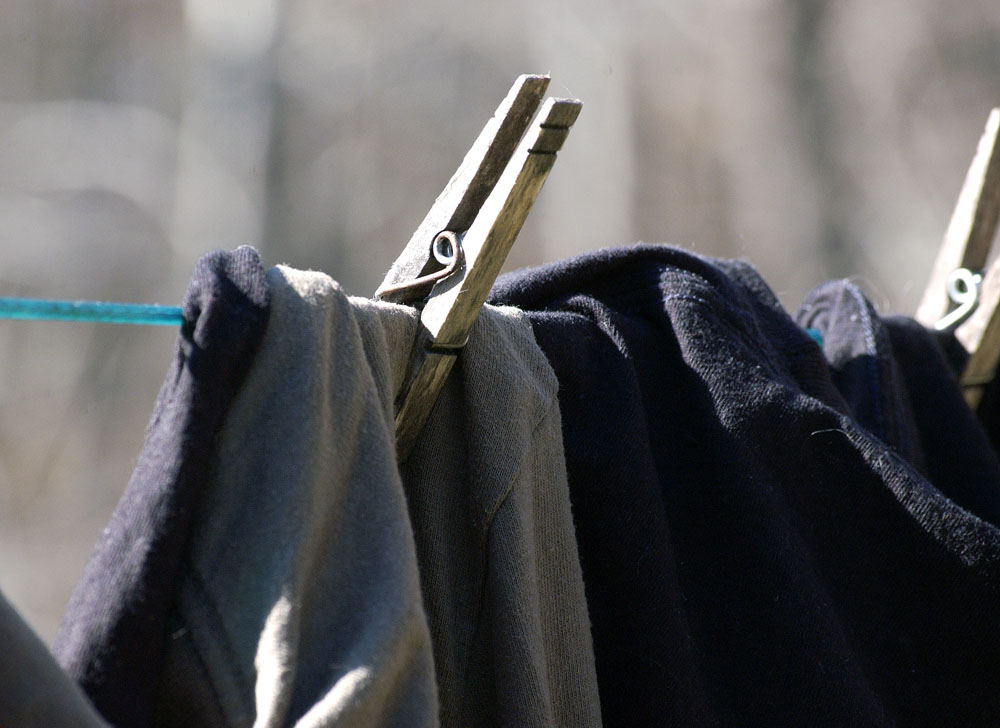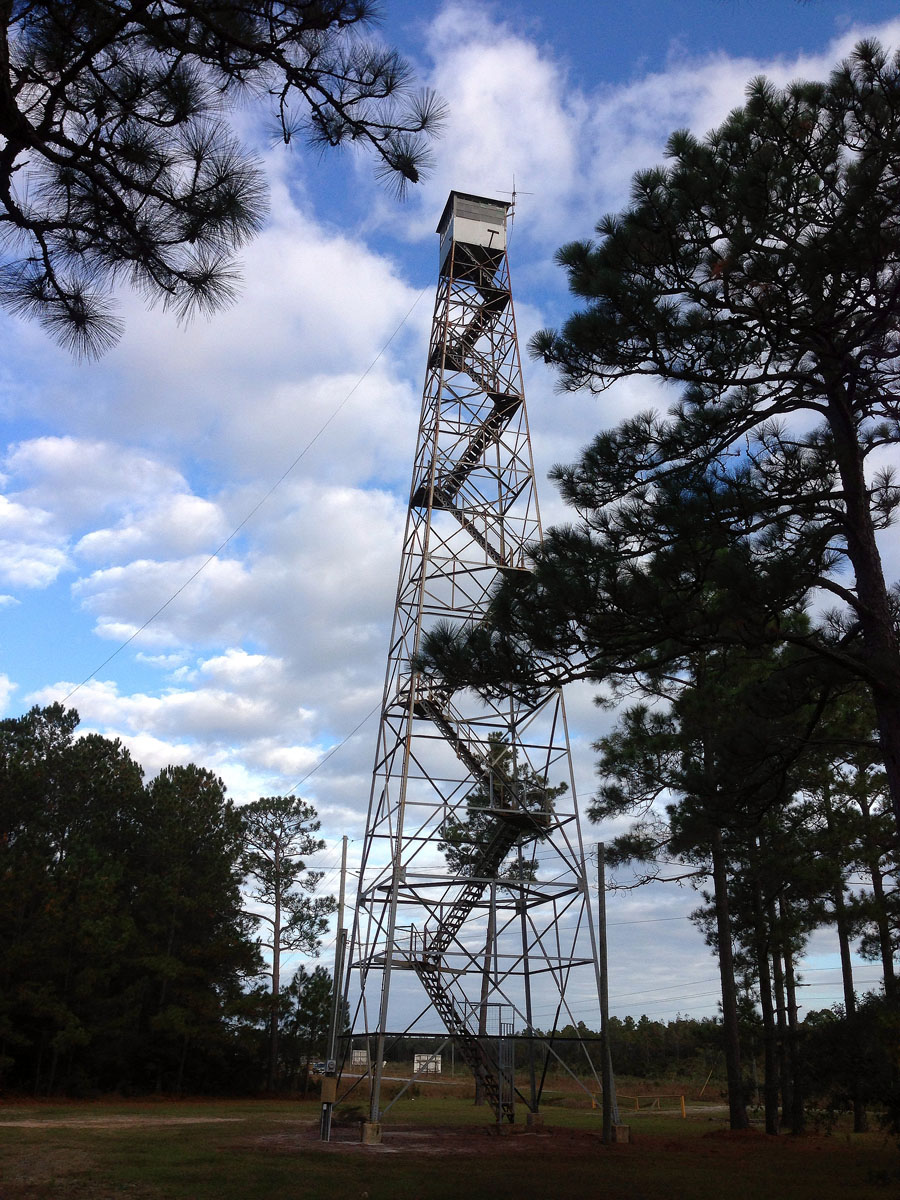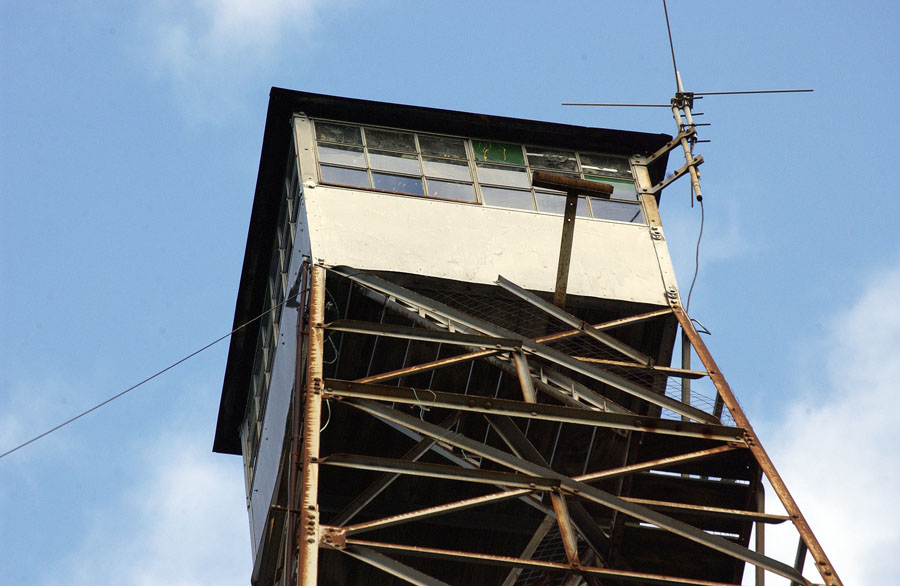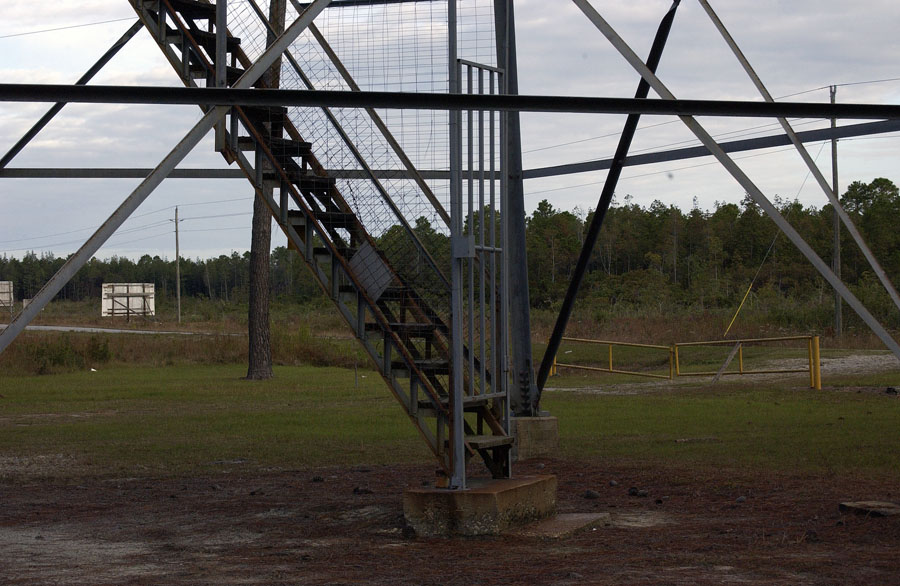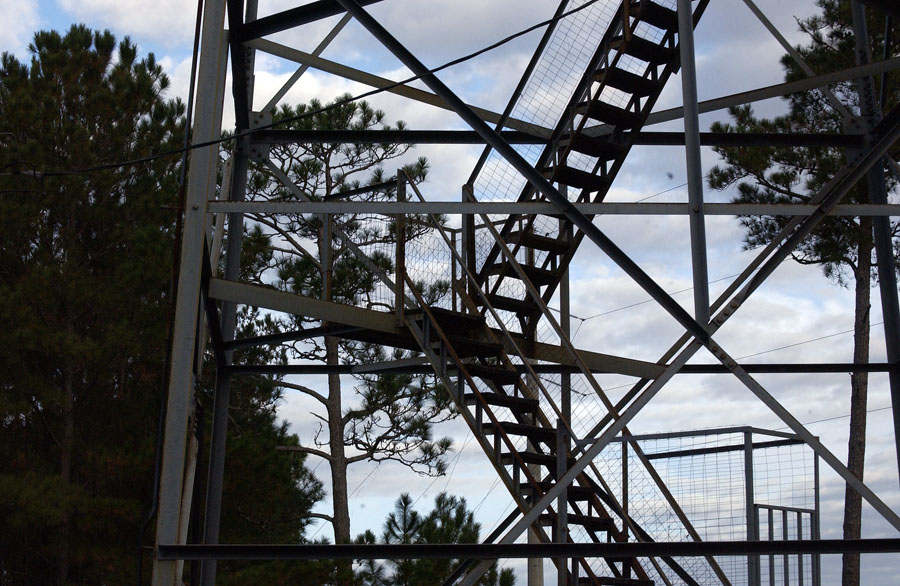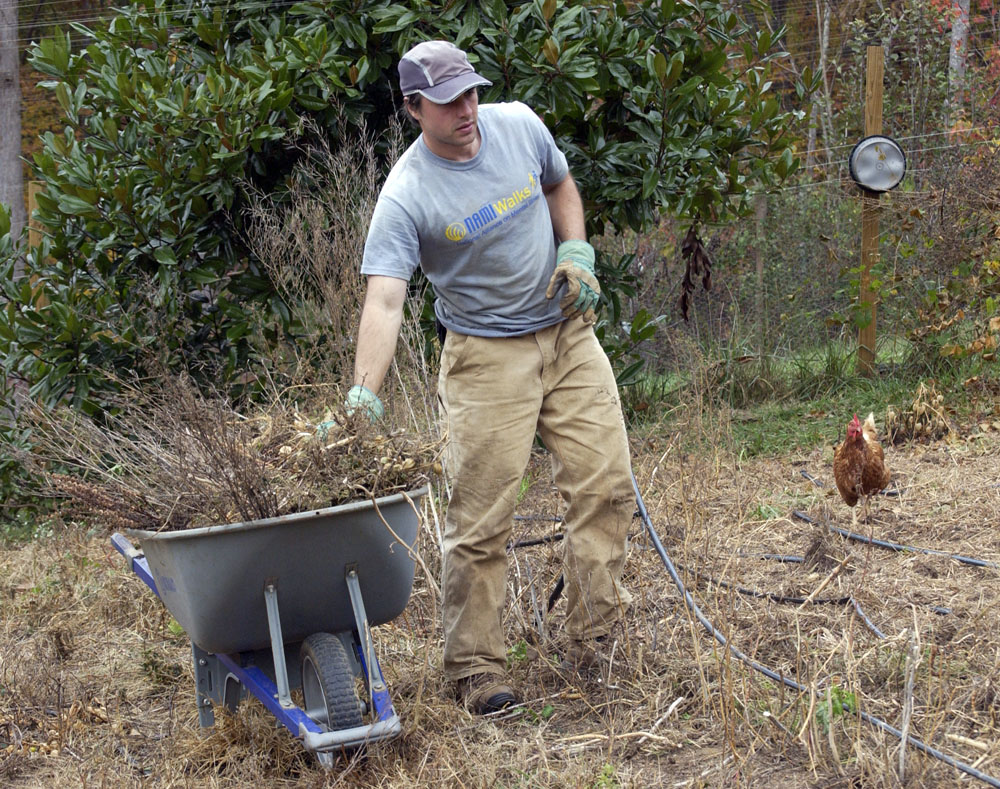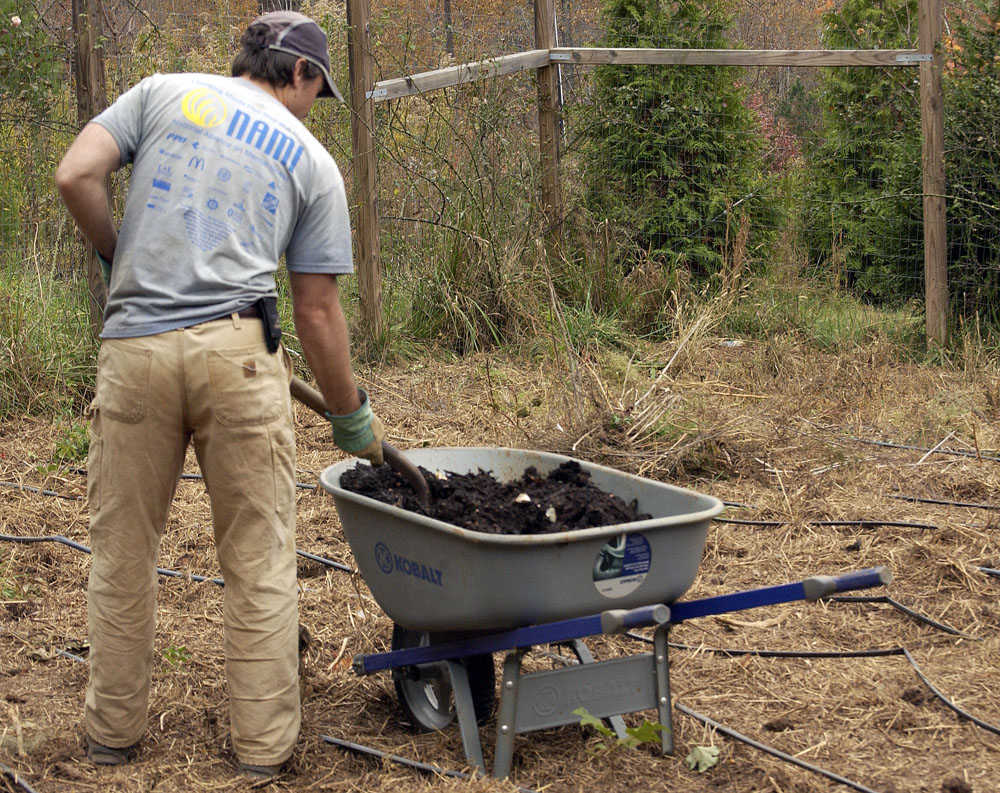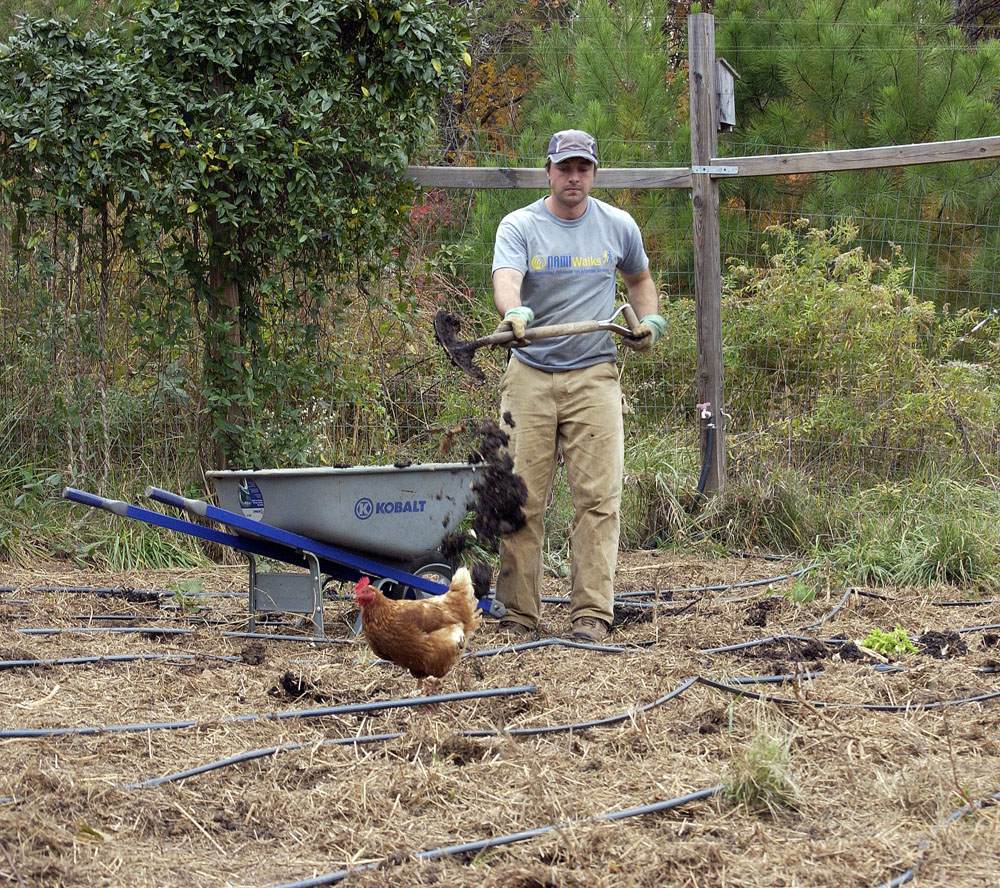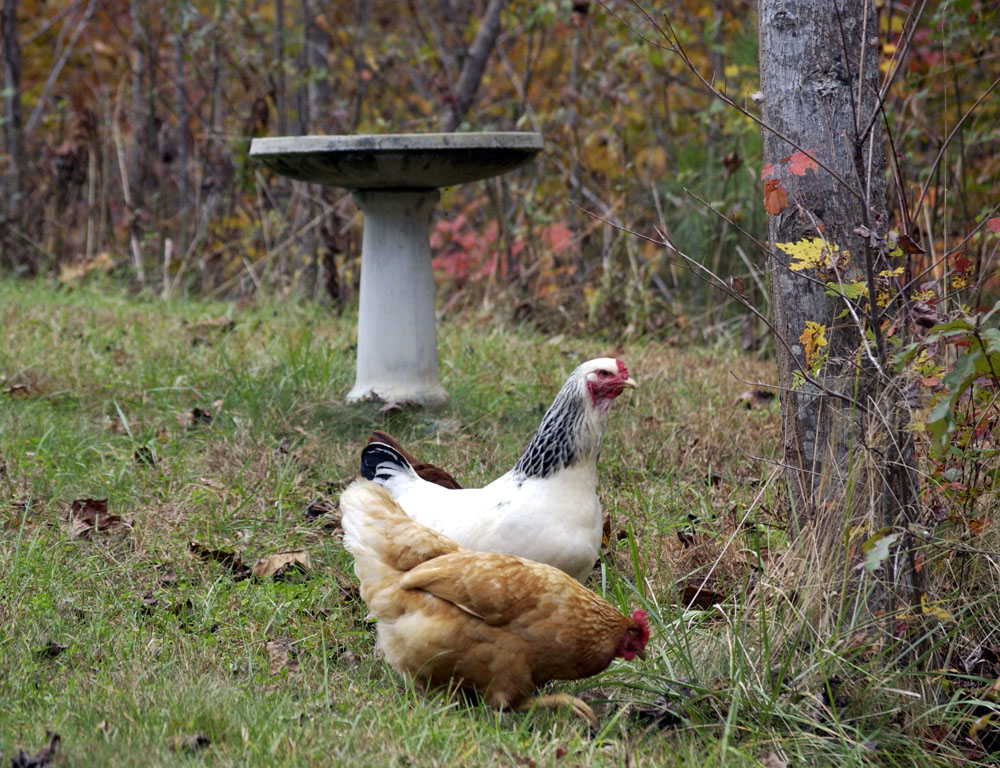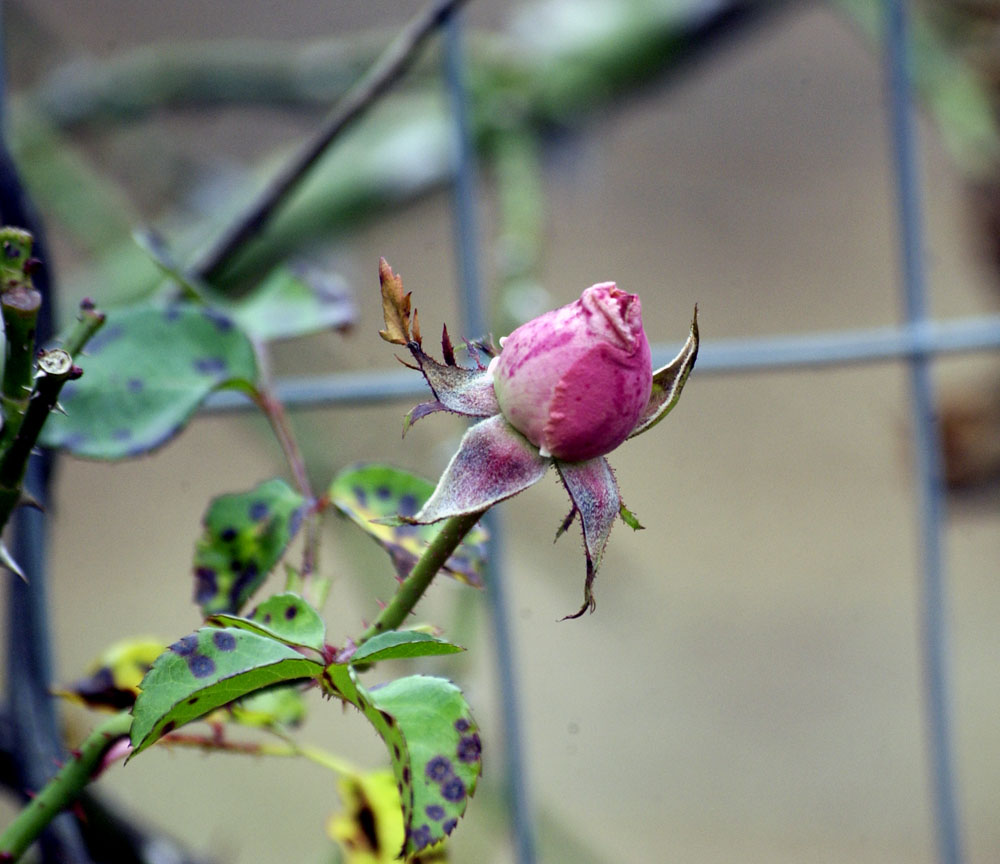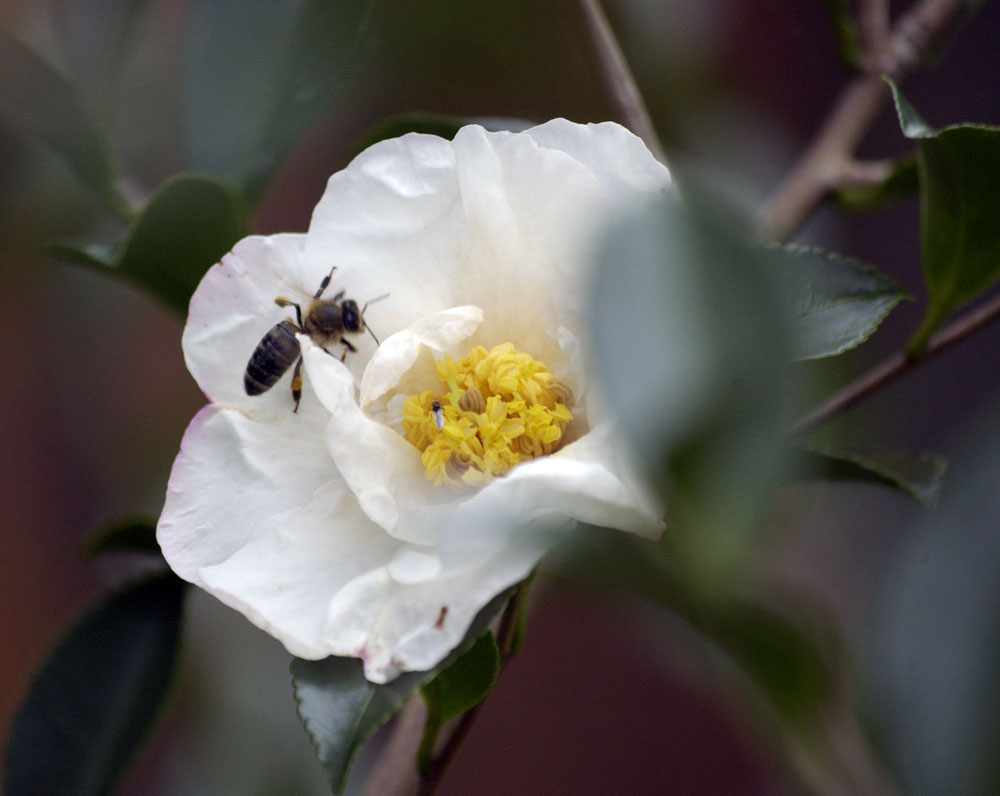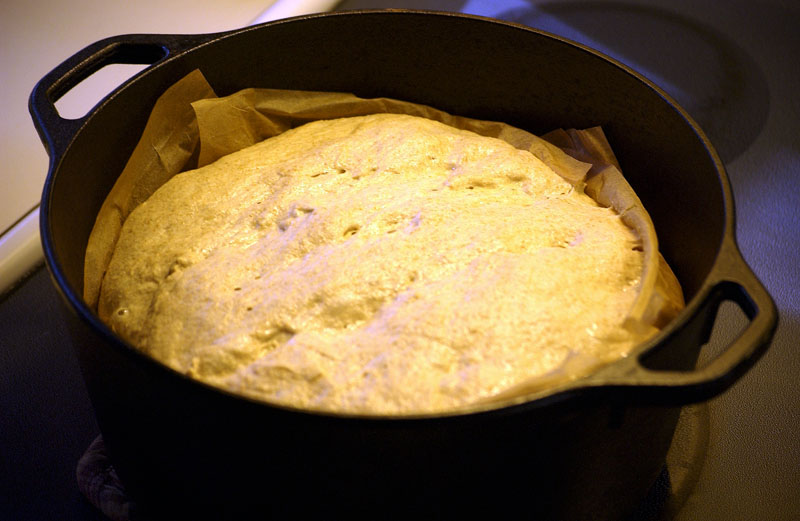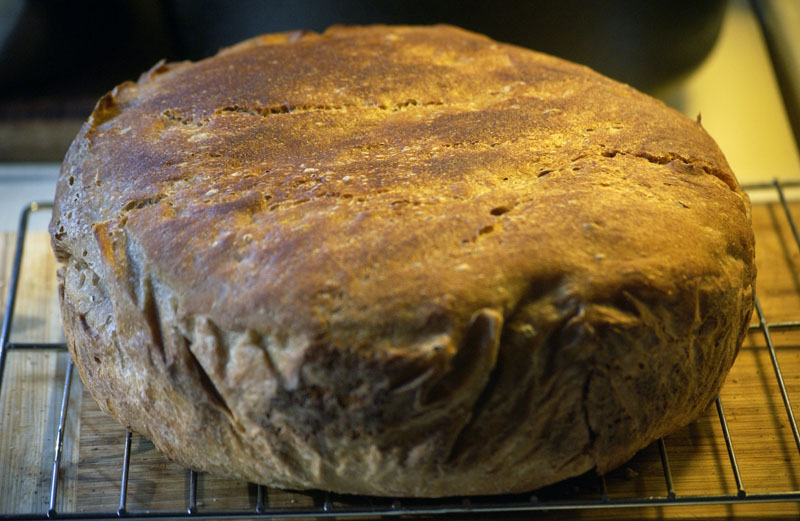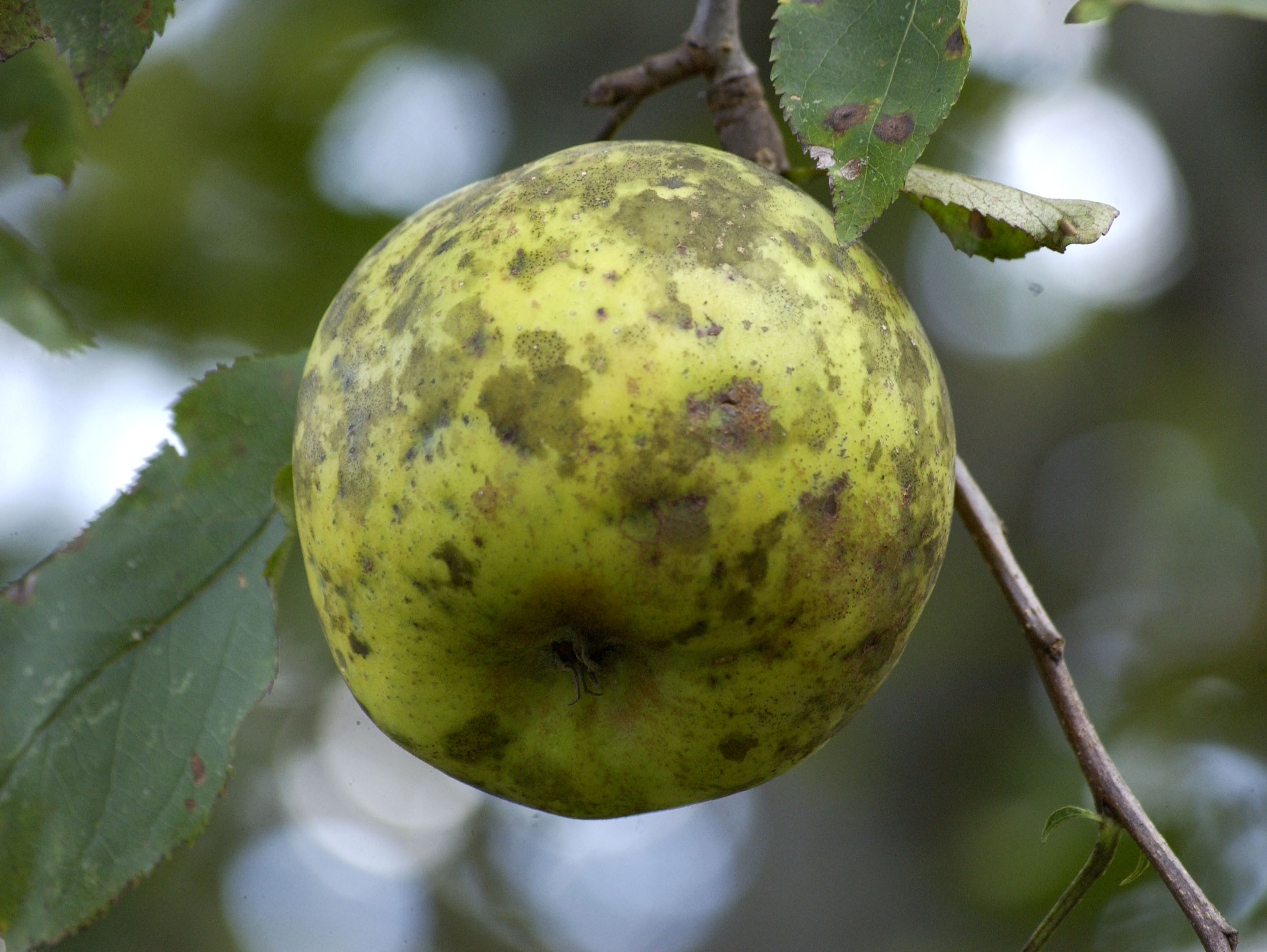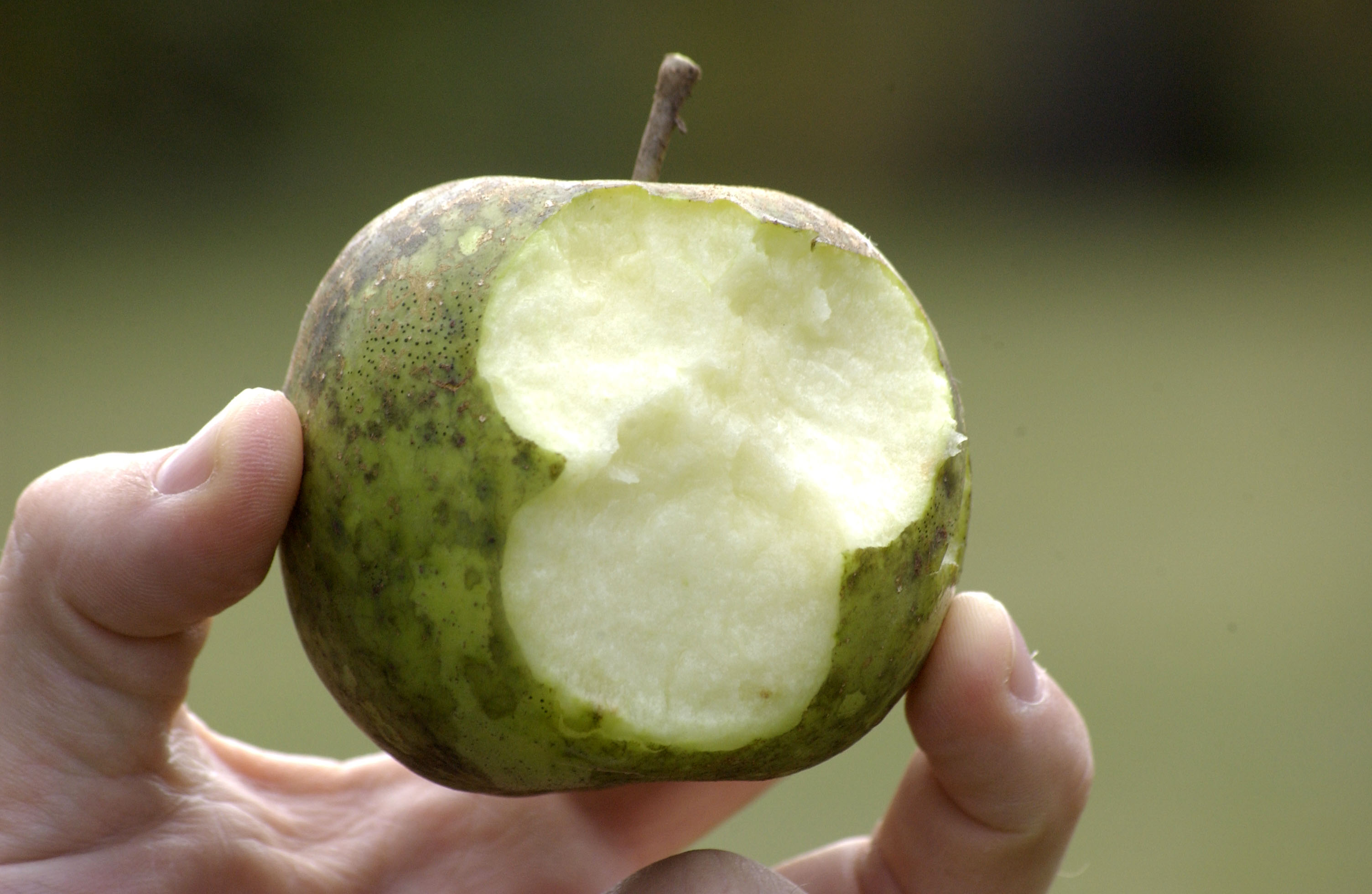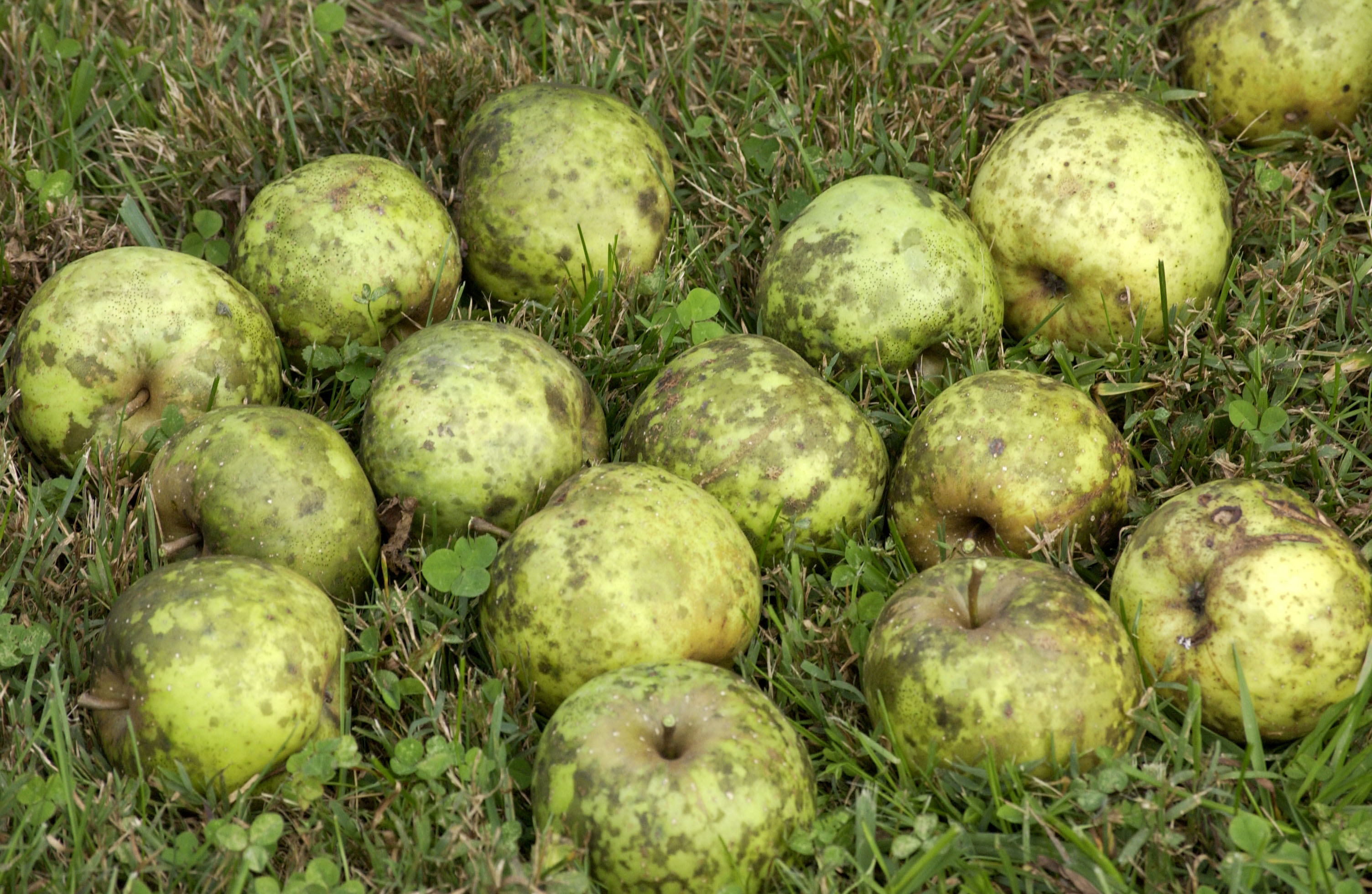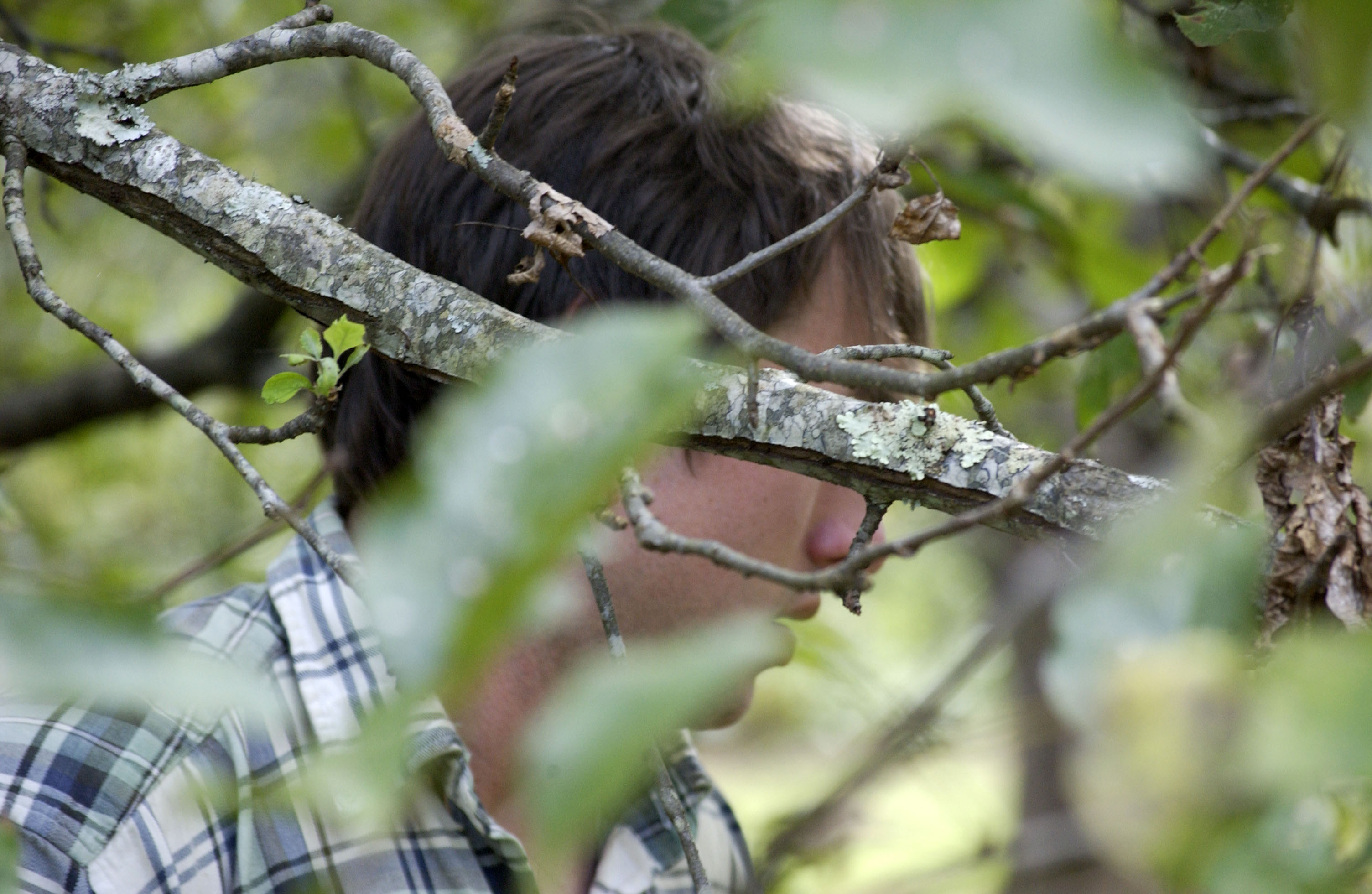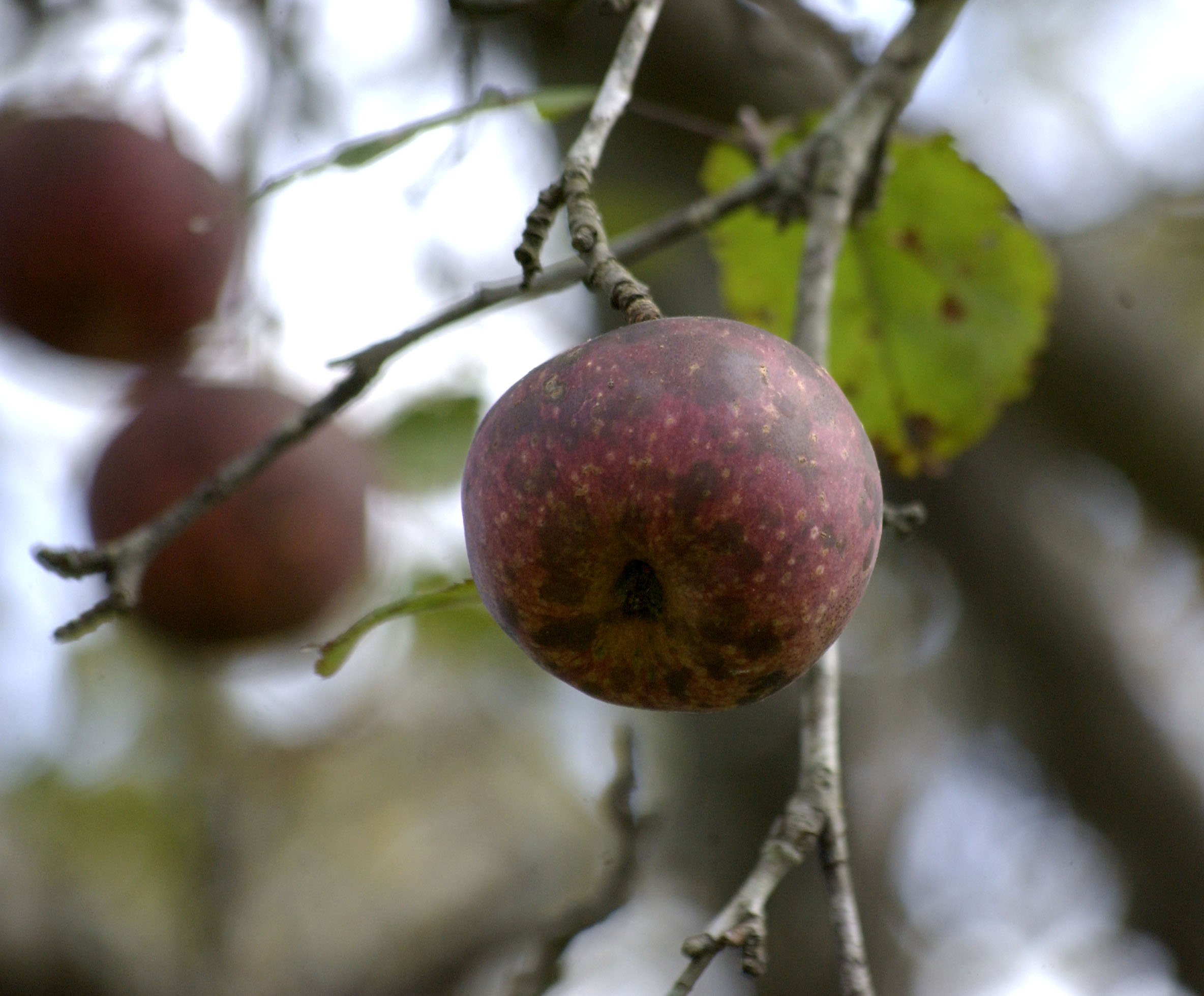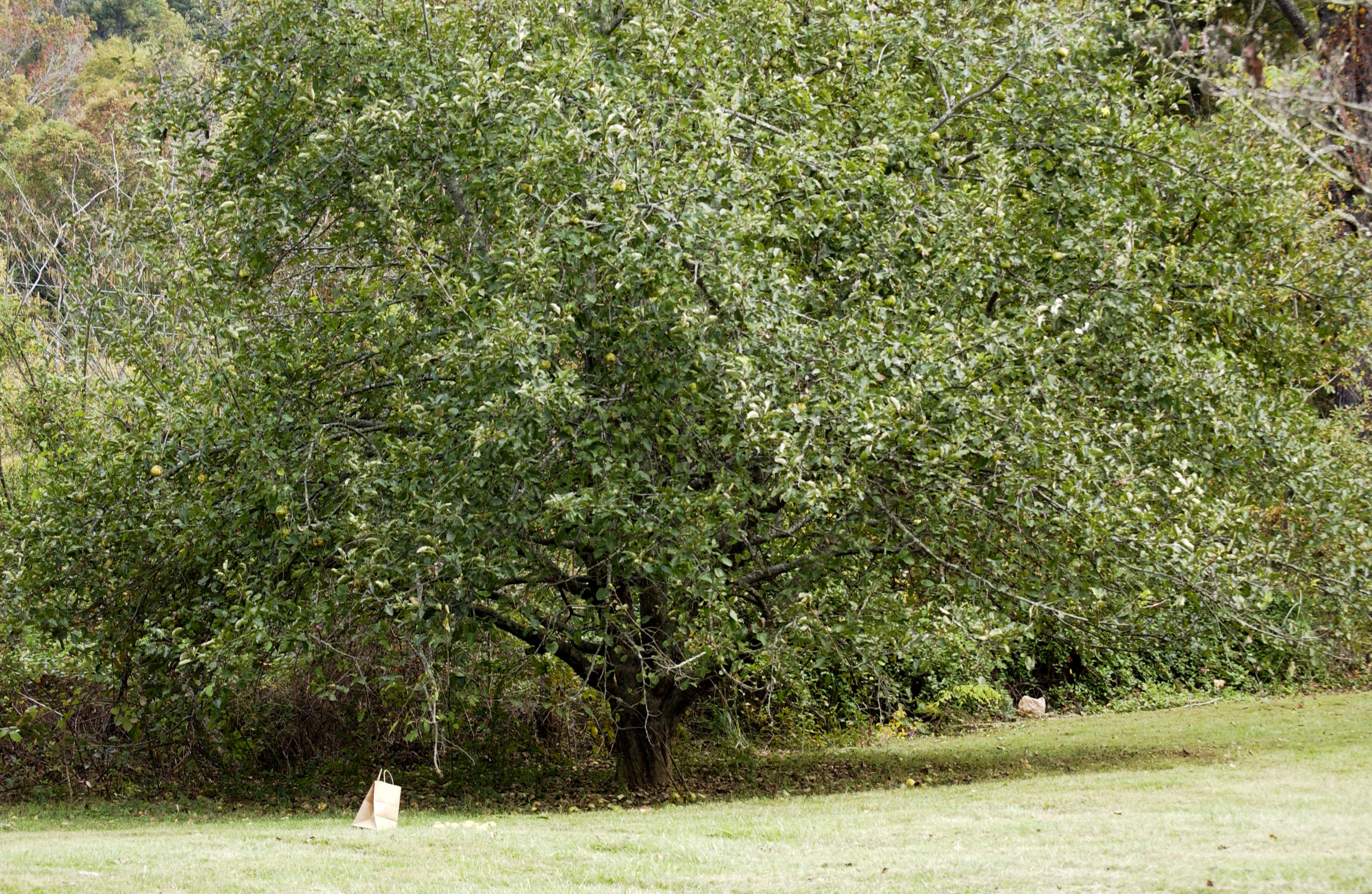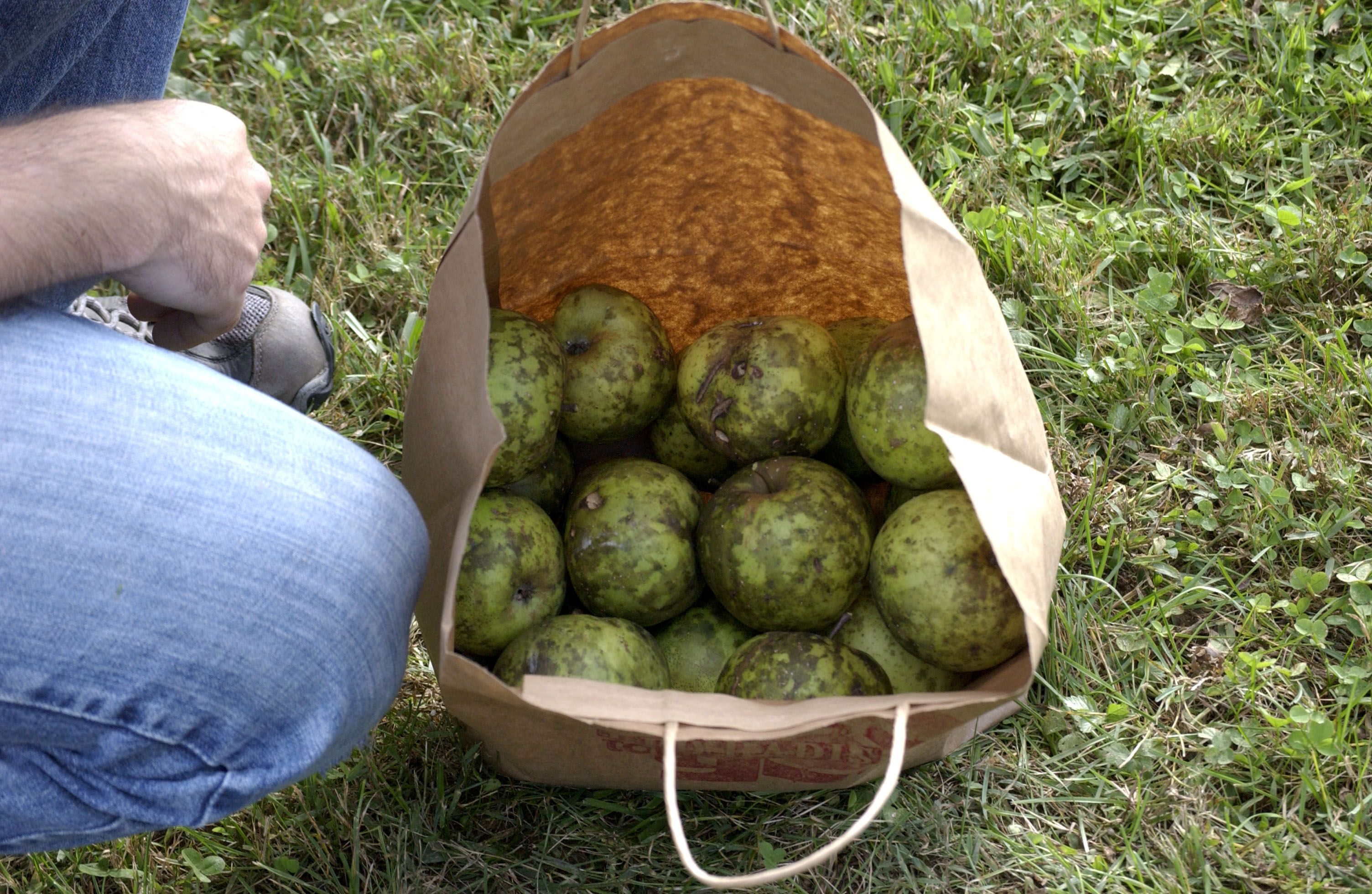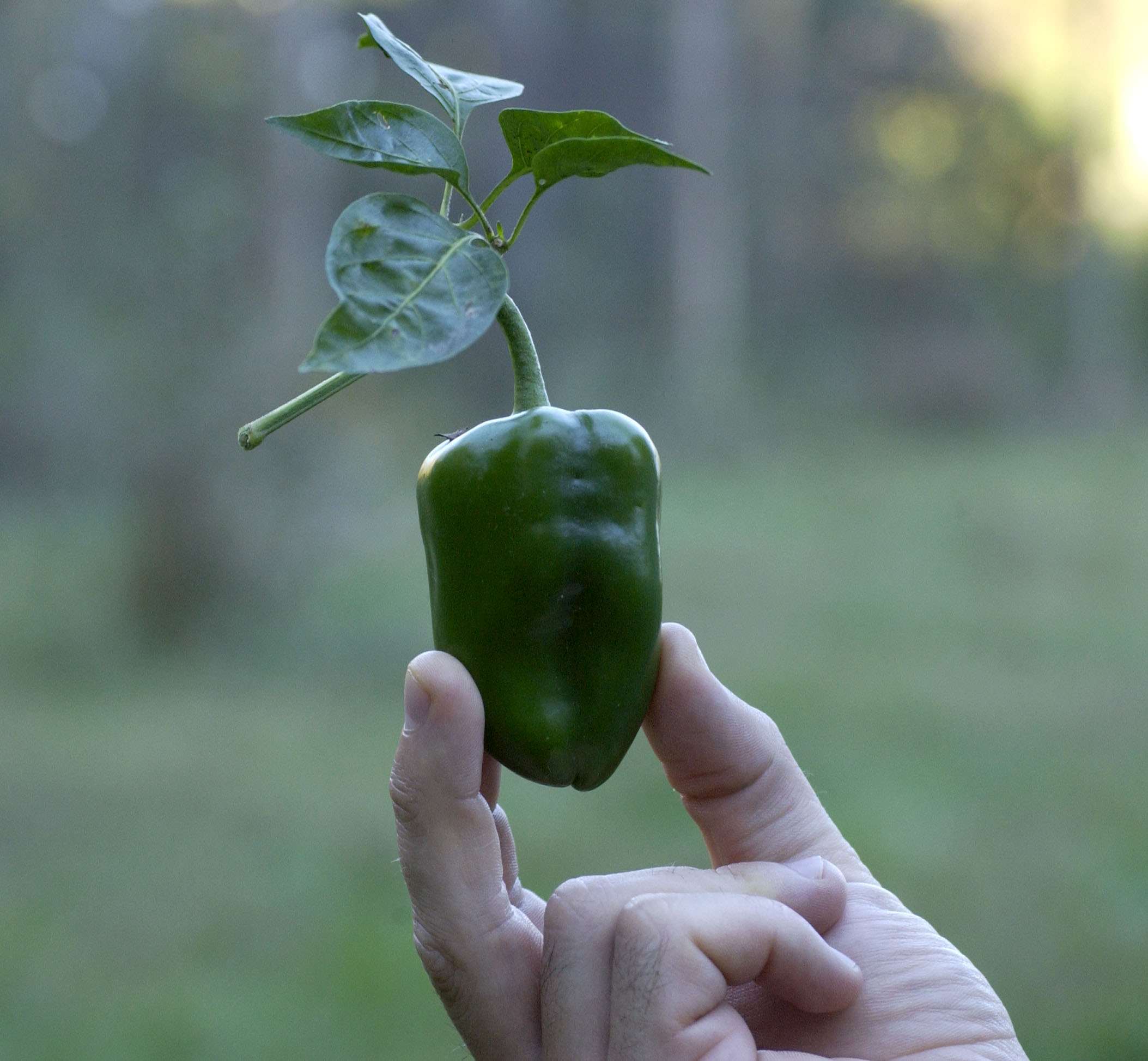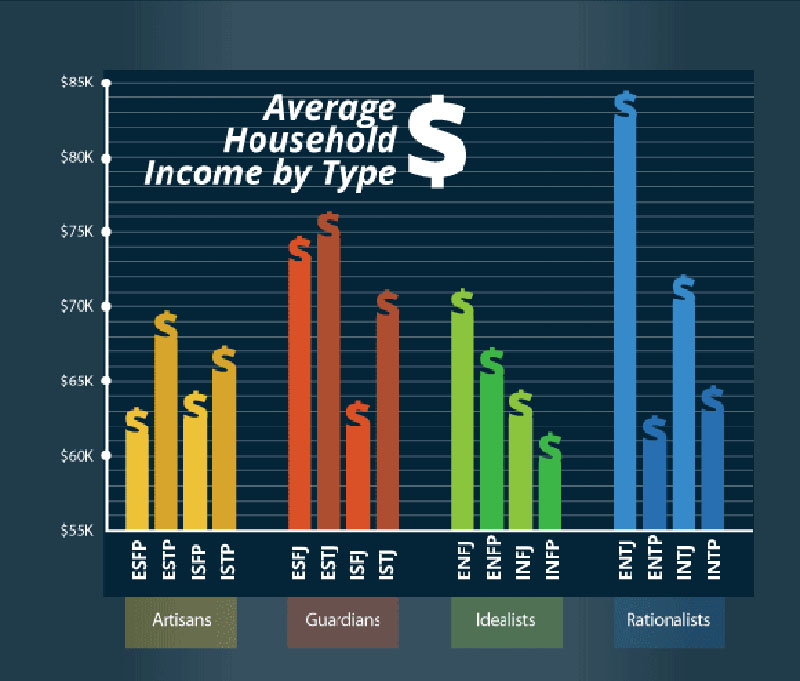
Source: careerassessmentsite.com
Do you know your personality type, as measured by the Myers-Briggs Type Indicator test? If not, with a little Googling you’ll probably find a way to get a quick and dirty assessment, if not the trademarked test. But the odds are that, if you are reading this blog, then you are not rich, and you are not an ENTJ.
So what’s an ENTJ? Of the 16 personality types described by the Myers-Briggs, ENTJ’s are the type most likely to get rich. Let’s look at the categories.
Extraverted vs. Introverted (E/I)
Intuitive vs. Sensing (N/S)
Thinking vs. Feeling (T/F)
Judging vs. Perceiving (J/P)
There are 16 combinations of these attributes. According to a report by the Career Assessment Site, ENTJ types are most likely to make a lot of money. That is, people who are extraverted, intuitive, thinking, and judging. There also was an article about this at the Motley Fool web site.
If there’s a kind of person that I just can’t stand, it’s ENTJ’s or ESTJ’s. They’re the opposite of people like me (and probably the opposite of people like you, if you are reading this blog). I am an INFP – introverted, intuitive, feeling, perceiving. Guess which type makes the least money? People like me — INFP’s. I’m pretty sure that’s because INFP’s don’t much care about money beyond what it takes to live reasonably well and to travel a bit.
I want to clear up some common misconceptions, though. Introverts are not shy. In fact, in my experience introverts often have more social skill than extraverts, simply because introverts pay attention, and extraverts never stop running their mouths. There is another misconception that holds that, if feeling is predominant over thinking, then you must not be very smart, and that if you are very smart, then feeling must be subordinate. That is extremely not true. The IQ’s of feeling types follow the same bell curve as all IQ’s. To be able to think sharply does not imply a devaluation of feeling. Feeling, after all, is the key to meaning.
So is money all that matters? Not to an INFP. It is meaning that we seek in life, not wealth and power. If there is anything that strikes existential terror into the heart of an INFP, it’s the thought of the inner poverty that can almost always be perceived in the lives of those who seek wealth and power. I don’t envy them. I feel sorry for them. They seek to fill their emptiness with things, and to compensate for meaninglessness with power.
Now, as for my income, I did OK. To be an INFP is not necessarily to be sentenced to poverty. I never got rich, that’s for sure. But I retired early, and I own my own time and my own thoughts. If an INFP can find the right niche, then creativity, kindness, and insight will be rewarded, even in corporate America.
I wouldn’t trade places with an ENTJ for all the money in the world.

